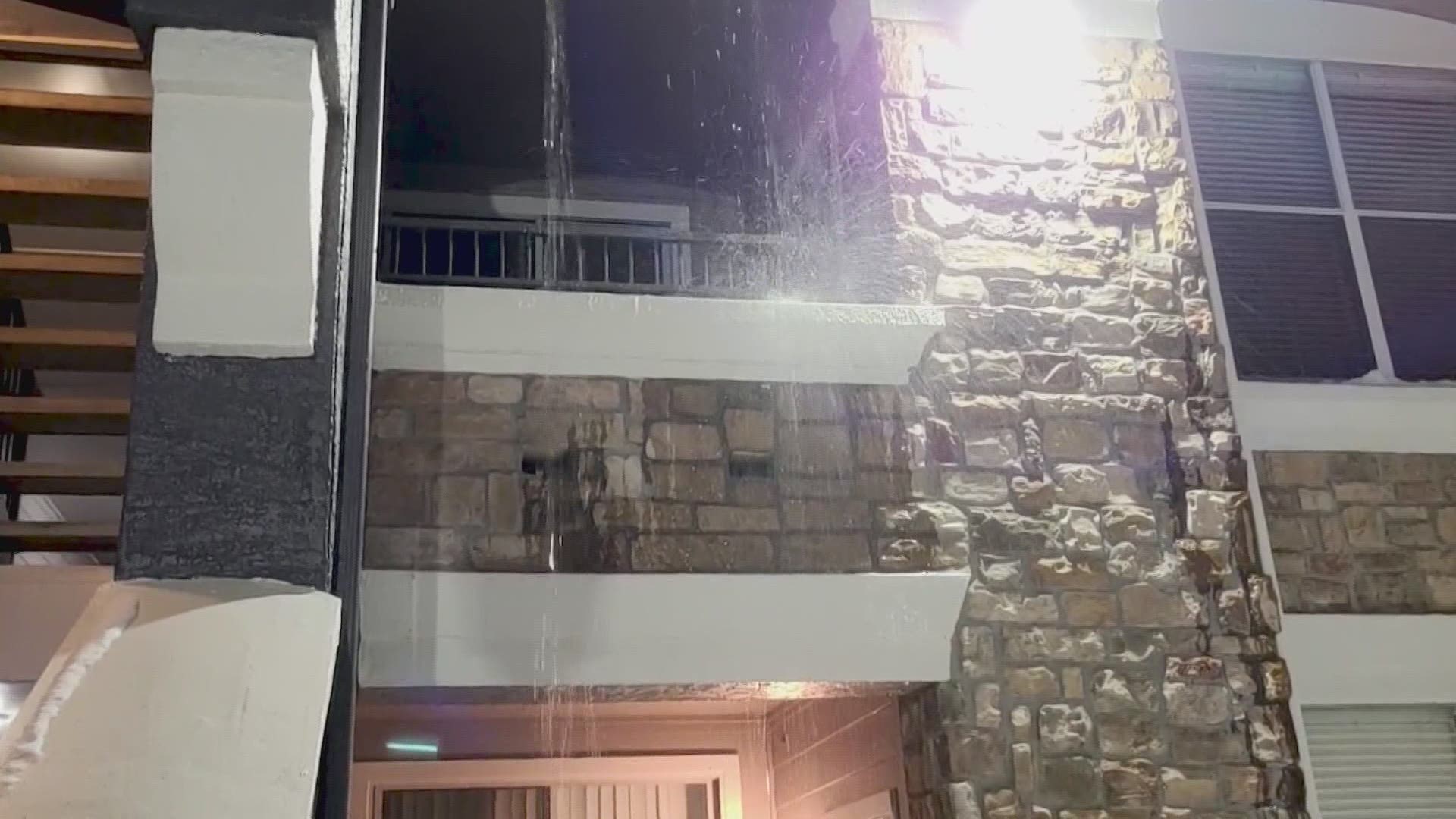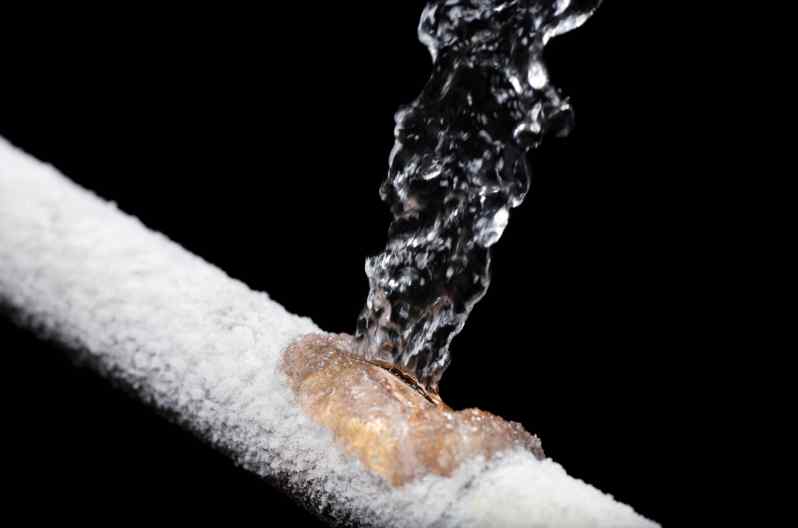The article in the next paragraphs about How to Prepare for Your Dishwasher Installation is immensely fascinating. Don't bypass it.

A burst pipeline is a significant emergency; you can only stand as you enjoy water you pay dearly to rejoin with the planet. In worse situations, you see a pool on your kitchen area floor, which is a great trip threat, specifically if you have kids around. If the pipe that ruptured remained in your walls, problem: you might need to paint that whole section.
Just how can a tragedy like a burst pipeline be protected against as well as taken care of? Well, by listening to your expert emergency plumbers as well as adhering to these rules.
How do I recognize when my pipelines have burst?
Changing water stress
Pipes do not simply burst in a day. You might have discovered that your kitchen area faucet or shower doesn't run right away when you transform the tap. It may pause for a few secs and afterwards blast you with even more force than typical.
In various other circumstances, the water may seem typical initially, after that decrease in pressure after a few secs.
Damp wall surfaces as well as water stains
Before a pipeline bursts, it will leak, the majority of times. If this persistent dripping goes unnoticed, the leak may graduate into a broad tear in your pipeline. One simple method to avoid this emergency is to watch out for wet wall surfaces advertisement water discolorations. These water discolorations will certainly lead you right to the leakage.
Puddles under pipelines as well as sinks
When a pipe bursts, the outflow develops a pool. It might show up that the pool is expanding in size, and regardless of the number of times you mop the pool, in a couple of minutes, there's another one waiting to be cleaned. Frequently, you may not be able to trace the puddle to any visible pipes. This is a sign to call a professional plumber.
Untraceable trickling sounds
Pipeline ruptureds can occur in one of the most undesirable locations, like within concrete, inside wall surfaces, or under sinks. When the house goes silent, you might have the ability to listen to an irritatingly persistent trickling sound. Also after you've inspected your shower head and kitchen faucet, the trickling might proceed.
Precious visitor, the dripping might be originating from a pipeline inside your walls. There isn't much you can do about that, other than inform a professional plumber.
Turn off the Water
When water ices up, it increases in quantity by about 9 percent. And it increases with tremendous pressure: The stress inside pipes may go from 40 extra pounds per square inch to 40,000 psi! No pipeline can hold that much pressure, so it bursts. The break might happen where the ice forms, but regularly, it happens where water pressure locates a weak point in the pipeline. That might be inches and even feet from the frozen area. Locate the water shutoff valve and turn off the water to stop more damages. You could likewise need to shut down the electrical energy as well, depending on where the leakages takes place as well as exactly how large it is.
Contaminated water
Many individuals assume a burst pipeline is a one-way electrical outlet. Quite the contrary. As water flows out of the hole or gouge in your plumbing system, contaminants locate their way in.
Your water may be infected from the source, so if you can, check if your water storage tank has any problems. Nonetheless, if your drinking water is provided as well as purified by the local government, you should call your plumber quickly if you see or smell anything funny in your water.
What do I do when I identify a burst pipeline?
Your water meter will remain to run even while your water wastes. To lessen your losses, find the primary controls and transform the supply off. The water mains are an above-ground framework at the edge of your building.
How to Fix & Detect a Leaking Pipe
How Do I Know if a Pipe is Leaking?
Leak detection tests can help you determine if your pipe has a leak. Even if you don’t see an apparent leak, you should still conduct leak detection tests regularly to save water and money—and prevent major damage to your home.
Water meter. It can be helpful to figure out what your usual water meter usage numbers are and then monitor them regularly. To monitor your meter, first, turn off all water faucets in your home. Check the meter and write down the numbers. In a few hours, check the meter again. If the numbers have changed, you have a leak. Water gauge. Use a water gauge to test your water pressure. Your showerhead should produce a certain amount of water pressure based on its model and design. If the pressure is lower than it is supposed to be for that specific showerhead, your home likely has a leak. Puddles. Look inside your bathroom, laundry, and kitchen sink cabinets. Puddles around the cabinets or around toilets, tubs, showers, and washing machines indicate the presence of a leaking pipe. You may also notice loose tiles, peeling or flaking paint, or mold caused by water accumulation. Napkin test. Even if you don’t see any puddles, you may still have a leak. You can test for water leaks in the bathroom, laundry, and kitchen by wiping below-sink connections with a napkin, paper towel, or piece of toilet paper. If it becomes damp, you probably have a leaking pipe under the sink. Discolored walls. Walls that are discolored—usually with brown or yellow stains—or bulging might mean that they have been impacted by water damage caused by a leaking pipe. Smell. A leaky pipe will create sitting water, and over time, that water may develop a musty smell. If your home smells musty, but you can’t locate the source, it may be due to a leak. Steps for Fixing a Leaking Pipe
A leaky drain can be remedied by tightening the pipe base, replacing the drain seal, caulking the rim, and tightening the pipe nut. Similarly, a leaking toilet pipe can be treated by tightening the packing nut. You may also need to replace the valve. A leaky faucet may just need tightening or replacement of the washers. If that doesn’t work, consider replacing your faucet. If your pipe has a hole in it, you may want to use a pipe leak sealer or pipe leak tape. This quick fix for water pipe leaks can also temporarily fix a copper pipe leak. https://www.ahs.com/home-matters/quick-tips/how-to-tell-if-pipes-are-leaking/

I'm very serious about How to install a dishwasher safely and I'm hoping you liked the entire blog post. Those who liked our page kindly do not forget to share it. We value reading our article about How to Prepare for Your Dishwasher Installation.
Call Us Now